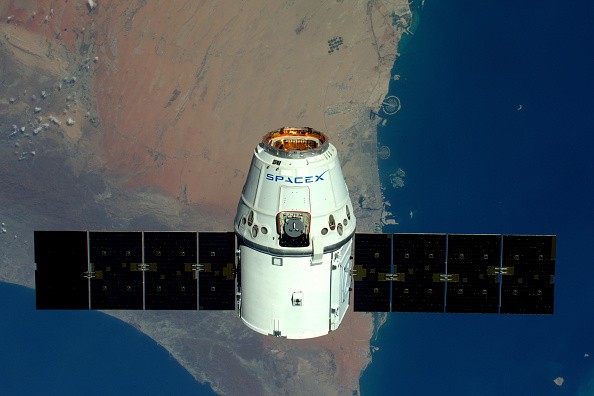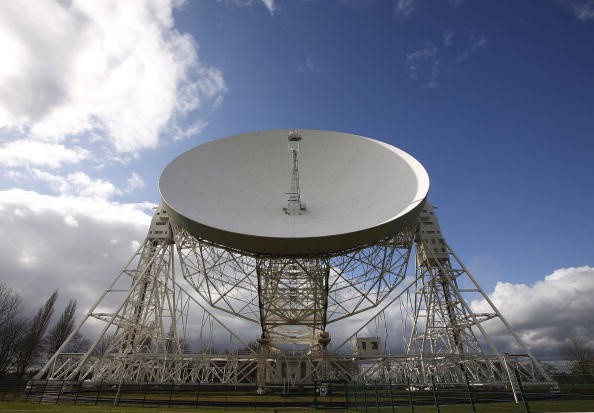Imagine a world with an incredibly fast internet connection anywhere you are, especially in underserved areas of the planet wherein internet connection is very weak or none at all.
Elon Musk's Starlink satellite internet constellation might be the solution to the world's problem when it comes to internet speed and accessibility. The constellation will consist of 1,440 satellites that will be into 72 orbital planes of 20 satellites each. Thousands of these mass-produced small satellites will rotate in low Earth orbit (LEO), working with ground transceivers that are able to transmit and receive data through a transmission medium.
But over the past 18 months of launching around 900 Starlink spacecraft into LEO, Musk has indicated that the project is not facing satellite technical problems however in terms of its financial matters. And the problem that may compromise the ambitious constellations might be bankruptcy on the production of the "UFO on a stick" antennas.

Musk in search for cheap and long-lasting 'UFO on a stick'
Starlink is adapted fundamentally toward serving provincial and farther districts that fiber-optic cables and portable towers battle to reach. To induce online, subscribers will have to pay approximately $200 per client terminal as reported by Business Insider.
Industry analysts say phased-array gadgets nowadays costs approximately 10 times as much as the price point Musk trusts to realize, which is within the moo four digits. Musk is additionally concerned approximately how long such gadgets seem to stand out within the open, year after year, without requiring service or substitution, since maintenance needs would drive up the cost.
These UFO-like disk satellites are outlined to quickly track and communicate with in-view Starlink satellites since the shuttle moves around Earth at more than 17,000 mph. Like those utilized to point at a stationary TV satellite, Dishes that must be physically pointed wouldn't suffice for keeping a continuous connection feed.

Musk avoiding Bankruptcy
The popular Tesla CEO is also mindful that the way to high-speed satellite web is littered with bankruptcies. According to OneWeb, a competitor attempted to launch thousands of satellites but declares bankruptcy or Chapter 11 in March.
More broadly known was Iridium, this is a group of stars of 66 car-sized satellites whose objective was to form a worldwide remote network for telephone and pager data. Motorola fueled the company in the 1990s with around $5 billion in ventures ($6 billion when balanced for inflation). But in no time after it conveyed around Earth, unused memberships flatlined since of the service's soak cost.
Mass production may get the company there, but it needs numerous subscribers. Appropriations might offer assistance to the company near the crevice, and to that conclusion, SpaceX is seeking to seize millions or possibly billions of dollars in rural-internet subsidies from the US government over the following decade.
Accomplishing cheap client terminal cost - and boosting subscribers - may too helpfully beat Jeff Bezos' arranged Project Kuiper satellite internet network to making a beneficial service. In spite of the fact that the FCC has approved the project and Amazon has pledged to invest $10 billion to dispatch 3,236 satellites, a single shuttle has however to fly.
Related Article: SpaceX's Falcon 9 Launches GPS III Into Orbit After Series of Delays
This article is owned by TechTimes.
Written by: Liam Eustaquio




